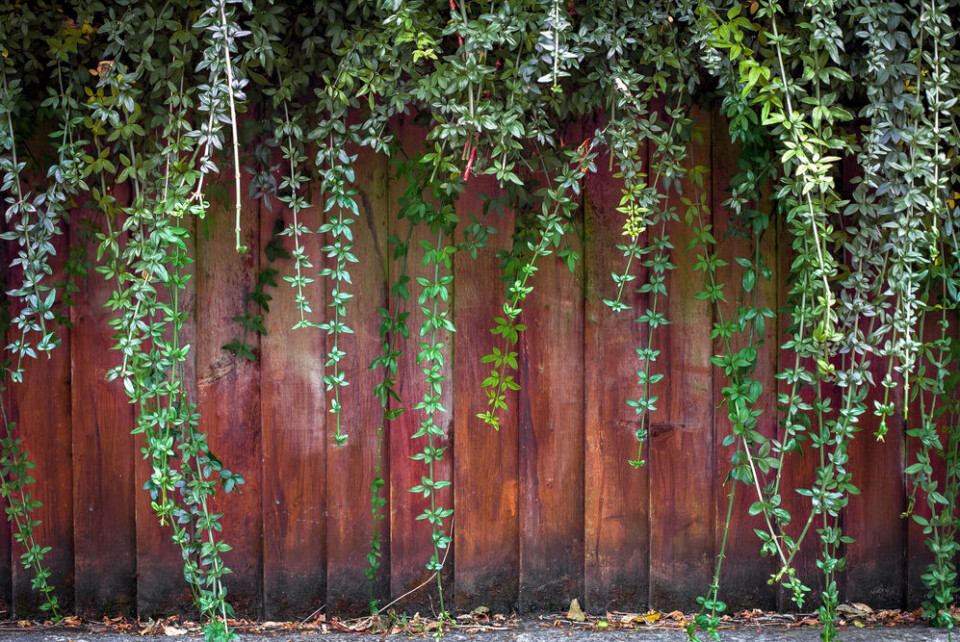-
January flowers in your French garden with scented viburnum
Our gardening columnist explores a pretty pink shrub that gives long-lasting winter displays
-
All wrapped up for Christmas: how to protect your plants in France this winter
Discover effective methods to shield your garden plants from winter frost and cold, ensuring their survival and health through the chilly months
-
Preparing your French garden for the festive season and the year ahead
Christmas veg harvest, sustainable Christmas tree options and great deals on outdoor furniture for next summer
Who must cut overhanging branches in French garden?
France’s civil code is strict and can be confusing to navigate

Reader Question: We have a hedge that is sprouting over our neighbours' property. Whose responsibility is it to clip those branches past the property boundary: ours or theirs?
Homeowners are always responsible for their own garden, plants and trees. This includes plants or trees that encroach on their neighbour’s property.
If you have a hedge that is sprouting over your neighbour’s property, then it is your responsibility to clip these branches.
In accordance with article 673 of the French Civil Code, they may even legally require you to cut them.
“Any person whose property is encroached upon by the branches of a neighbour's trees, shrubs or bushes may oblige the neighbour to cut them back,” states the code.
Without your permission, your neighbours are actually not allowed to cut back these branches in case they damage your hedge.
The exceptions to this are “roots, brambles and twigs”, which the neighbour may cut back without your consent.
You can give permission to your neighbour to cut back those branches despite it being your responsibility.
They might choose to make you do it, as per the law, but it is worth talking to them about the situation, as they may be happy to do it themselves.
Although your neighbours are not legally allowed to cut the branches of your hedge, if your hedge is made up of fruit trees, then they are entitled to any fruits that fall onto their property.
The laws and rules about your garden and its border with your neighbours are very strict. In general, never touch what does not belong to you even if it is on your property.
The rules for a mitoyen hedge differ
Your hedge might actually be a mitoyen hedge, which is a hedge that belongs to both neighbours.
If the hedge separating your property and your neighbour’s property is located on the limit of both your properties, then it is a mitoyen hedge.
If it separates your properties but is firmly located on your property, then it belongs to you.
You can check where it is located via the cadastre (cadastral land plan), which you can find here.
You may also be able to ask for plans at the local mairie which show if a hedge is mitoyen or not, in cases where it is unclear.
Your hedge also automatically becomes a mitoyen hedge if both neighbours take care of it for thirty years, no matter whose property it is on.
If it is a mitoyen hedge, then different rules apply. Each neighbour is responsible for the hedge on their property and anything in the hedge belongs equally to each neighbour.
Each neighbour still has control over their own garden, meaning that you can decide to remove the hedge on your property. If you do choose to do that, you will have to replace it with a wall.
Read more: Explainer: Rights and obligations for shared garden walls in France
In the case of a dispute, new rules mean you will now have to attempt to resolve your case amicably via a conciliateur de justice before you can take the matter to court.
Related articles
Can I build on shared wall between neighbour’s and my French property?
Garden magnolia tree in France saved by children’s love letter
























